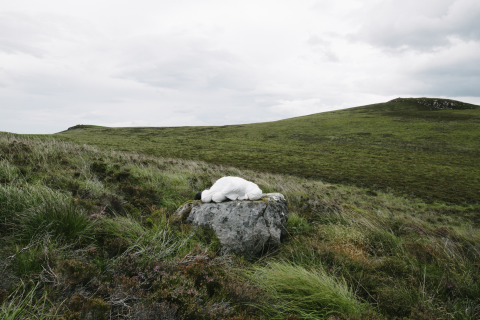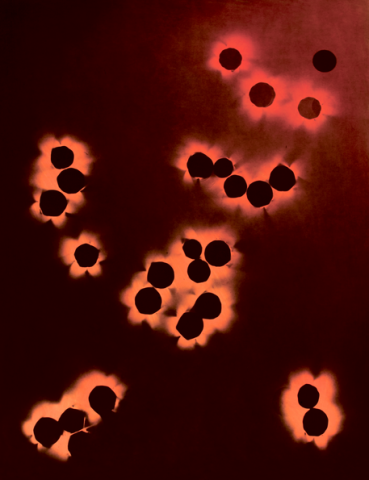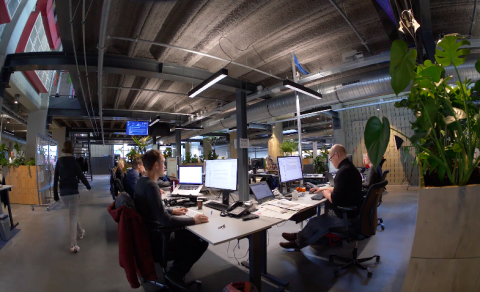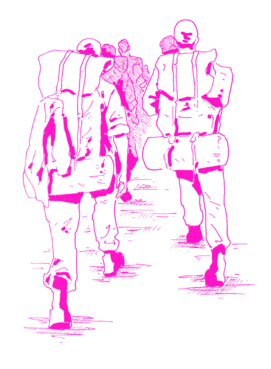Editorial
Ten years ago, when we started JAR, the journal was conceived to change how artistic research presented itself. This has meant, first of all, to show alternatives to the distinction between practice and theory that dominated the discourse at the time. While there were other, albeit few, journals and publishing channels around, there was something ‘theoretical’ about them, most importantly with regard to their form, which seemed to have allowed for only limited engagement with media, other than text. With a focus on ‘expositionality’ and the development of the Research Catalogue we have sought to support different departures.
Additionally, we have always also seen the journal as a research project in its own right. We have adapted to technical requirements with developments in the Research Catalogue, conceptual advances e.g. in revisions of the peer-review form and also social realities with the introduction of the JAR Network space on our website as well as extending the list of languages in which submissions may be made. While we continue with such developments, we have also gained some insights into the use of the JAR and RC environment as well as its affordances. The fact that we refuse to have any formal descriptors of 'best practice' adds another layer of complexity to the shape those different departures might take. From the many possible cuts into this, I would focus perhaps on three interconnected, practical observations.
Online or not, there is a current understanding of 'research' that suggests a proximity between understanding and data. While some artists deal with questions of information head-on, it might be an interesting exercise for all artistic researchers to look at their practice also in terms of data generation and analysis. This could be worthwhile, not so much because it would align, say, artistic with scientific research, but because a (hypothetical) paradigm shift may yield new insights.
Take the documentation of an art work or performance: just in terms of memory use, a single video documentation may represent a large dataset of more than one gigabyte, which through additional documentations may well be multiplied. We have to ask ourselves, is most of the information contained in the documentation redundant? Which data (or video sequence etc.) does have specific informational value? - and would we gain more understanding if we had more documentary material?
When we, or our readers, for that matter, are presented with a limited data base, that is, sparse documentary material, it is difficult to know what the reasons for this may be, but it could appear as if possible meanings of a work might be exhausted by the documentation that is presented, or that it is less the documentation and more the explanations (the 'analysis') that frame the data, where the site of meaning is to be sought. Furthermore: is an exposition offered in JAR meant to be read as a final, singular product, containing all the necessary information? Or is it better understood as a multiplicity, something that remains open, unfinished and in some ways 'unstable'? And how would this understanding not only be indicated but experienced as material richness?
These are just a few suggestions to illustrate how notions of data may shift perceptions. However – and this would be my second point – it isn’t that data rich submissions automatically succeed. If a lot of data is presented, we may get a good sense of material grounding, but we may ask ourselves whether or not the analytical tools (organization, editing etc.) are successfully deployed, that is, if they make us see new understandings in the materials and with it expose practice as research. It seems that peer-reviewers have a tendency to ask for more explicit formulations of the basic constituents of research (question, context, methodology and result) only when data generation and analyses fail to deliver; the same 'type' of reviewer – critical but supportive – is often happy to endorse submissions that engage in data and its analysis regardless of whether or not a submission is framed in the conventional ways as research.
This observation has led us to think that a peer-reviewer’s advice towards explicating research question, context, methodology and results can be understood in two ways: (1) indeed, as requirement to supply precisely that missing information, or (2) as indication of what they did not get from the data presentation and analysis. Those two options are not exclusive, but it seems that the second is more difficult to formulate, in particular as regards the requirements that might be derived. At a revision stage, we see a similar imbalance between revisions of descriptive texts and the presentation of work including the art works themselves, where the latter seems to be happening less. Thus, without it being our intension, the peer-review and revision process gravitates towards the more traditional scholarly formats, and it is one of our editorial tasks to keep artistic options in play.
Thirdly, this process that I have tried to explain with reference to documentation and data isn’t so much a balancing exercise as a question of transformation. This transformation from practice to research has in many cases already happened before we receive a submission. However, if and when this is perceived to not be sufficiently completed, the question very often is how to convey this process beyond ticking-off boxes during a revision process and also how far it can and should go. We are well aware that finding research in one’s practice is as much part of a research project as its various contextual or scholarly elements. Importantly, the one does not exclude the other – there are many examples in JAR that attest to this.
Still, if we think such transformations through, it is interesting to realize that what seems like the natural order of research - research question, context, methodology and results – is often quite practically turned on its head with the result presented and experienced right at the beginning and the rest not following after but within it. Data, then, isn’t what is attached to something; it is what performs the exposition, actually. One way of expressing the transposition of practice into research, therefore, is to say that in it, data engagement moves from the background to the foreground becoming the scene in which everything else unfolds. In fact, it may be the artistic engagements with data, where what could be considered departures actually occur.
Michael Schwab
Editor-in-Chief





